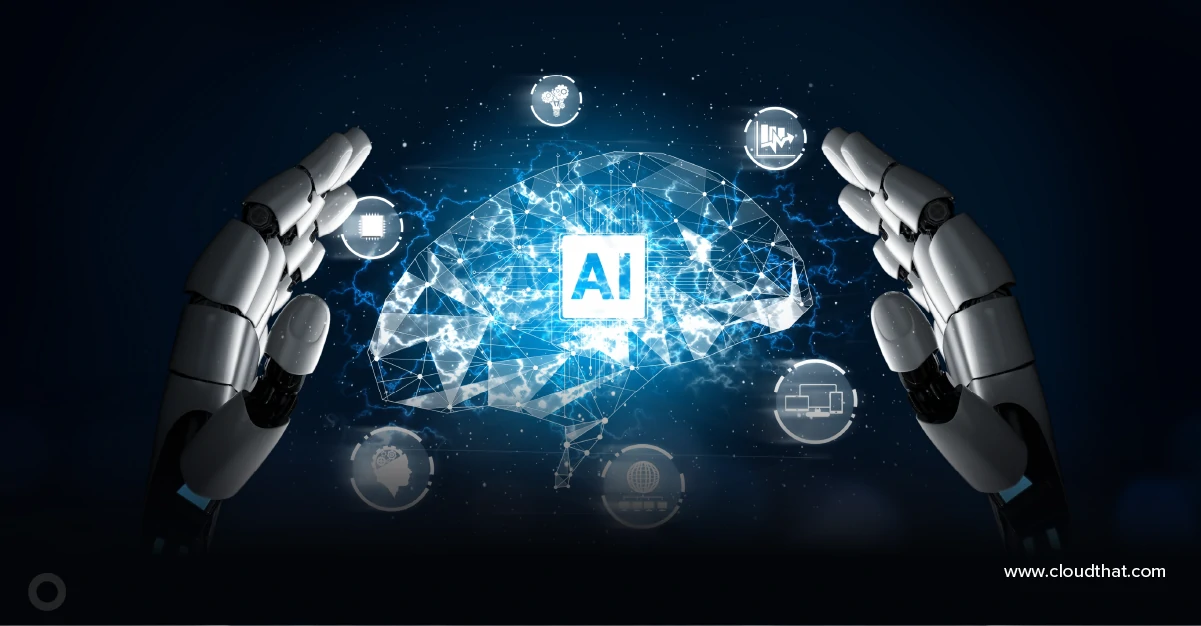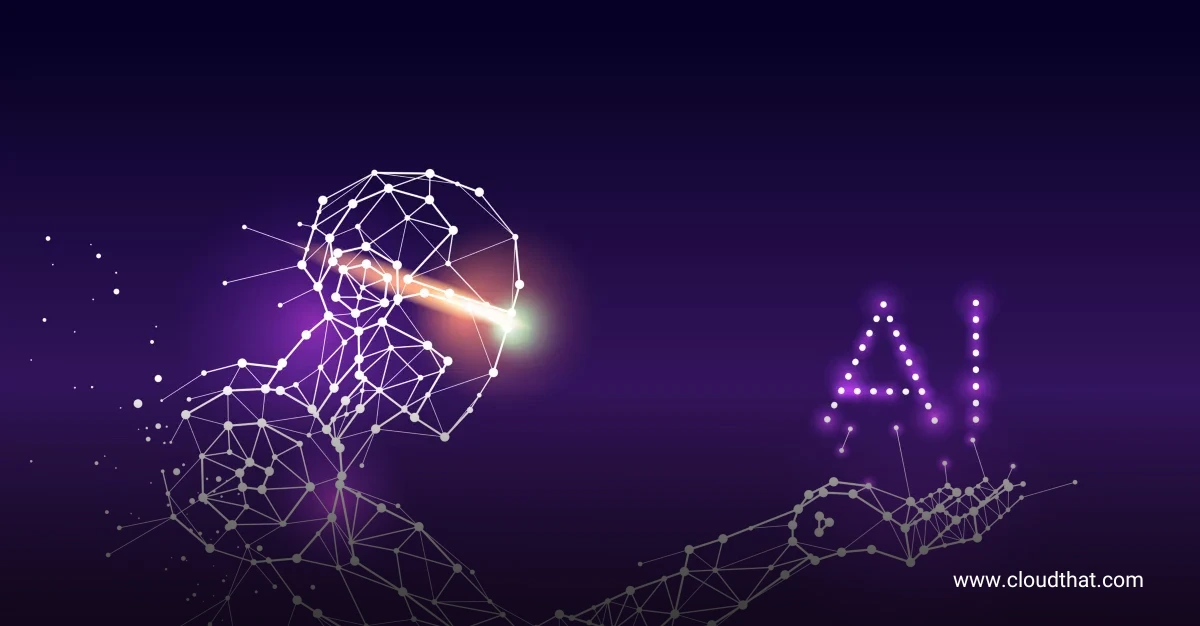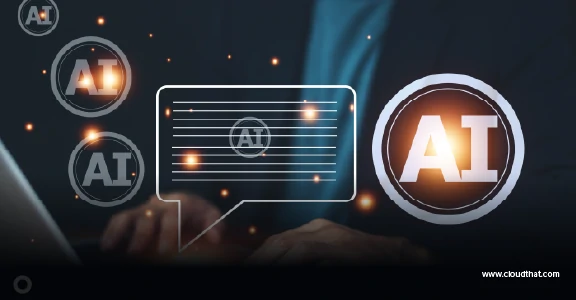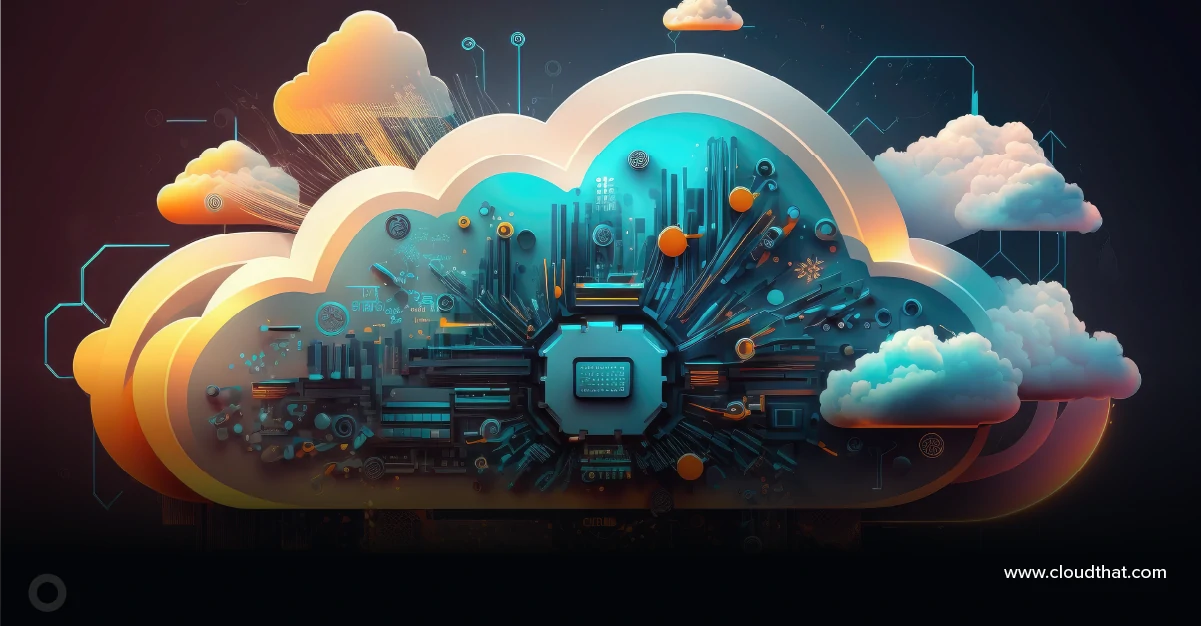|
Voiced by Amazon Polly |
Overview
As the AI landscape evolves rapidly in 2025, one of the most transformative developments gaining attention is the rise of Personal AI Agents, autonomous, personalized digital assistants that go far beyond traditional chatbots. These agents are not just responding to inputs; they are learning user preferences, making decisions, and completing multi-step tasks across apps and services.
If you’re a student, intern, or fresher starting in tech, understanding this emerging wave of AI agents will keep you current and help shape your career.
Pioneers in Cloud Consulting & Migration Services
- Reduced infrastructural costs
- Accelerated application deployment
Personal AI Agents
A Personal AI Agent is a software-based assistant powered by large language models and reinforcement learning that can:
- Learn your preferences over time
- Understand natural instructions
- Autonomously complete tasks without granular prompts
- Operate across tools like your calendar, email, browser, or apps
Unlike traditional chatbots that answer questions, personal AI agents act more like digital employees or co-pilots. You might say, “Help me organize my week,” and the agent reviews your calendar, schedules breaks, reschedules overlaps, and sends confirmation without needing further input.
This is a leap from chatbots that wait for commands. Agents act on your behalf and improve with experience’s.
How Are They Different from Chatbots?
Here are two significant differences that set agents apart:
- Proactive Behavior
Chatbots respond to questions. Personal AI agents anticipate needs. For example, they might proactively summarize your day’s schedule, remind you of deadlines, or alert you if a meeting overlaps with another priority.
- Workflow Automation
While a chatbot might help you write an email, an agent could:
- Read the thread
- Draft a response in your tone
- Attach the relevant file
- Schedule a follow-up reminder
In short, they handle entire workflows.
2025: A Breakthrough Year for AI Agents
The personal AI agent space is no longer theory, it’s now part of product roadmaps and real-world applications.
- Amazon’s Alexa+ was relaunched as an autonomous agent that can handle multi-turn tasks like trip planning or home automation with minimal prompts.
- Google’s Gemini 1.5 integrates context memory across modalities and sessions—ideal for agent workflows.
- Honor’s on-device AI agent interprets what’s on your phone screen and can act on your behalf without sending data to the cloud.
- Microsoft’s Copilot Agents (in Office, GitHub, and Windows) now handle background tasks like automating code refactoring, generating documentation, and summarizing meetings.
Analyst reports from Deloitte and Gartner indicate that over 25% of GenAI adopters are piloting personal AI agents in 2025, with strong traction in HR, customer support, and developer productivity.
How Do Personal AI Agents Work?
While the underlying technology can be complex, let’s break it down into three foundational pillars:
- Learning Your Preferences
Agents use natural interactions to infer what you prefer, your writing style, meeting patterns, or browsing habits. They can also be bootstrapped with user profiles or connected accounts like Google Calendar, Slack, or email.
- Memory Architecture
Modern agents employ multi-level memory:
- Short-term (recent chats or activities)
- Mid-term (recurring tasks or project history)
- Long-term (user goals, tone preferences, and metadata)
Frameworks like MemoryOS, LangGraph, and PersonaAgent are designed to enable this continuity in AI behavior.
- Tool Use & API Integration
Personal agents often rely on tool-use abilities, meaning they can execute actions across connected platforms:
- Call APIs (e.g., booking a calendar slot)
- Search the web
- Open and read documents
- Interface with browsers, codebases, and apps
This is what allows them to perform actions like:
- “Book a flight” → searching options, checking your preferences, selecting and confirming
- “Summarize this document” → reading a PDF and sending a digest to your email
Why This Matters for Freshers?
If you’re entering the workforce, understanding how these agents work (and how to build or use them) opens exciting opportunities. Nowadays, companies seek skills in:
- Prompt engineering
- Workflow orchestration (LangChain, Semantic Kernel)
- Multi-agent systems design
- Tool and plugin integration
You don’t need to be a deep learning expert but knowing how to glue these components together is a high-value skill.
Real-World Use Cases
Here are a few domains where personal AI agents are proving useful:
- Student Agents: Organize assignments, summarize lectures, and prep for exams based on notes and past performance
- Shopping Concierge: Understand your taste and suggest items across e-commerce platforms
- Inbox Manager: Summarize unread messages, draft replies, and triage based on priority
- Developer Assistants: Refactor code, write test cases, and monitor PR activity
- Fitness Planner: Integrate your smart devices and create a personalized workout + meal plan
Conclusion
For freshers entering the tech world, this space offers a goldmine of opportunity:
- Build something useful
- Contribute to open-source agent frameworks
- Understand what it means to create context-aware systems
The AI world isn’t just about answering questions anymore. It’s about anticipating needs and acting with purpose. That’s what agents do; it might be your next big career direction.
Drop a query if you have any questions regarding Personal AI agents and we will get back to you quickly.
Empowering organizations to become ‘data driven’ enterprises with our Cloud experts.
- Reduced infrastructure costs
- Timely data-driven decisions
About CloudThat
CloudThat is an award-winning company and the first in India to offer cloud training and consulting services worldwide. As a Microsoft Solutions Partner, AWS Advanced Tier Training Partner, and Google Cloud Platform Partner, CloudThat has empowered over 850,000 professionals through 600+ cloud certifications winning global recognition for its training excellence including 20 MCT Trainers in Microsoft’s Global Top 100 and an impressive 12 awards in the last 8 years. CloudThat specializes in Cloud Migration, Data Platforms, DevOps, IoT, and cutting-edge technologies like Gen AI & AI/ML. It has delivered over 500 consulting projects for 250+ organizations in 30+ countries as it continues to empower professionals and enterprises to thrive in the digital-first world.
FAQs
1. Should I be an expert in building or using a personal agent?
ANS: – Not at all. You can use frameworks like LangChain, Autogen, or OpenAI Assistants API with Python and some cloud knowledge. Many no-code tools are also emerging.
2. How do agents “remember” me and improve over time?
ANS: – Agents use embedded memory (via vector databases or structured logs) and context replay to store and reuse preferences, history, and behavior trends. This allows personalized action and evolving tone/style.

WRITTEN BY Niti Aggarwal


 Login
Login


 June 25, 2025
June 25, 2025 PREV
PREV










Comments